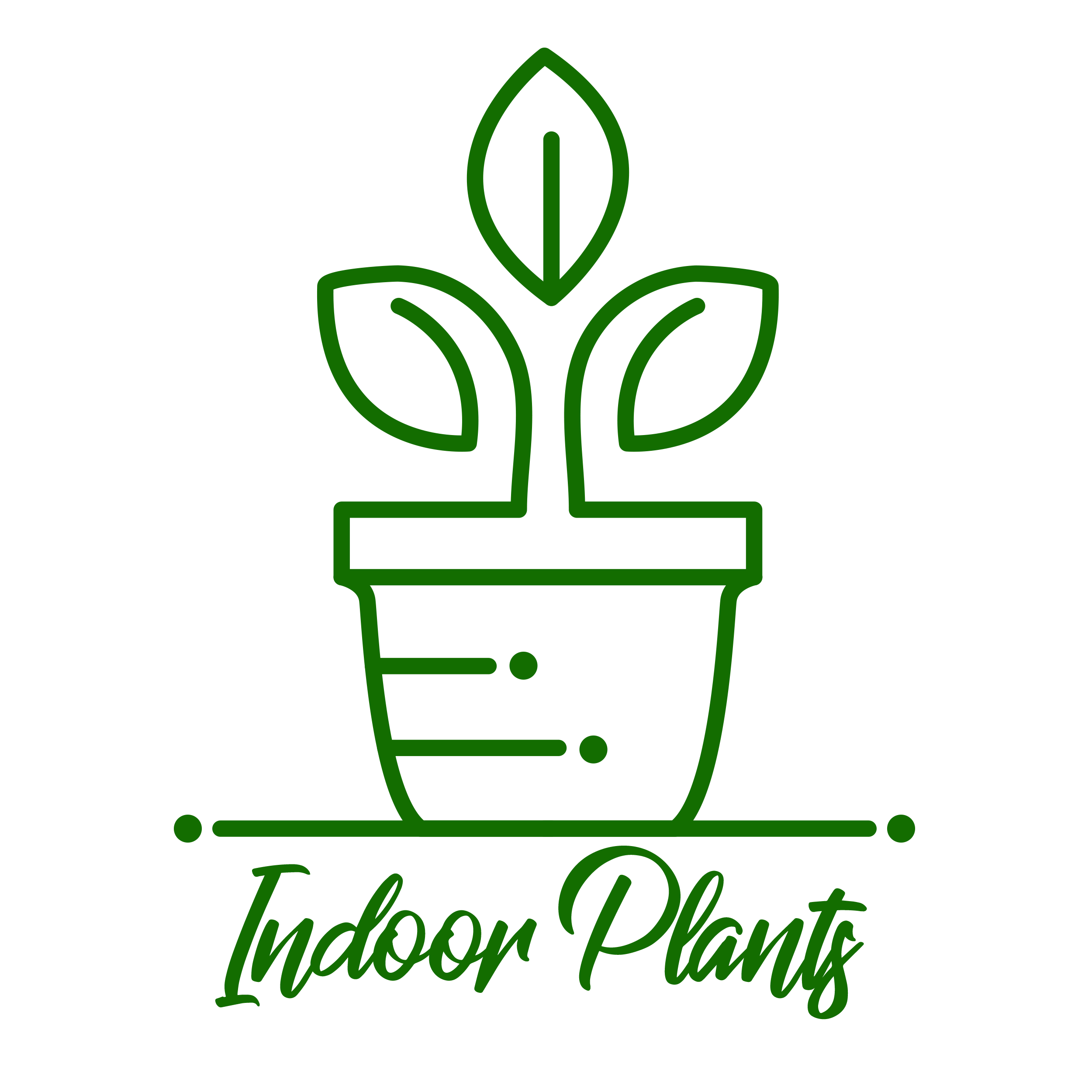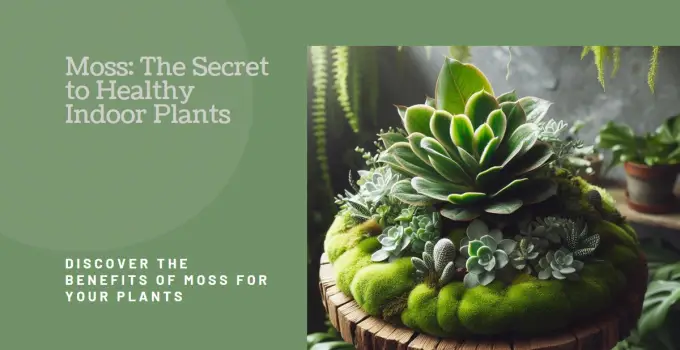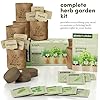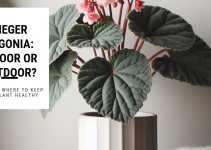Costa Farms Peace Lily Plant, Live Indoor Houseplant with Flowers Potted in Indoors Garden Plant Pot, Air Purifying Potting Soil, Birthday, Mother's Day Gift, Home and Room Decor, 15-Inches Tall
$35.99 (as of April 18, 2024 23:02 GMT +00:00 - More infoProduct prices and availability are accurate as of the date/time indicated and are subject to change. Any price and availability information displayed on [relevant Amazon Site(s), as applicable] at the time of purchase will apply to the purchase of this product.)Fiskars Bypass Pruning Shears 5/8” Garden Clippers - Plant Cutting Scissors with Sharp Precision-Ground Steel Blade
33% OffBenefits of Moss for Indoor Plants: A Guide to Enhancing Your Greenery
When it comes to indoor gardening, creating a lush and vibrant environment can be a challenge. While most people focus on selecting the right plants and providing optimal growing conditions, there’s one often-overlooked element that can elevate your indoor garden to new heights: moss.
Moss, with its soft, velvety texture and enchanting green hues, is not only a visually appealing addition to your indoor plants but also offers a multitude of benefits that can enhance their growth and overall health. In this comprehensive guide, we’ll explore the many advantages of incorporating moss into your indoor plant ecosystem and provide you with practical tips on how to do so effectively.
Understanding Moss
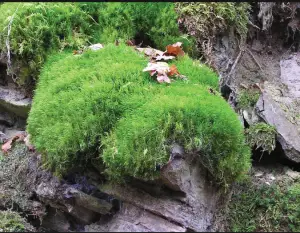
Before delving into the benefits of moss for indoor plants, it’s essential to have a basic understanding of what moss is and how it differs from traditional plants.
Moss is a non-vascular plant that lacks true roots, stems, and leaves. Instead, it consists of a dense mat of tiny, thread-like structures called rhizoids, which anchor the plant to surfaces and absorb water and nutrients. Mosses are often found in shaded, moist environments and thrive in various conditions, making them an ideal choice for indoor gardening.
Benefits of Moss for Indoor Plants

Incorporating moss into your indoor plant setup offers numerous advantages that can significantly improve the health and appearance of your greenery. Here are some of the key benefits:
1. Improved Humidity and Moisture Retention
One of the primary benefits of moss is its ability to retain moisture and maintain a consistent level of humidity around your plants. Indoor environments can often be dry due to heating and air conditioning systems, which can lead to dehydration and stress for your plants.
Moss acts as a natural humidifier, releasing moisture into the air as it dries out, creating a more favorable environment for your plants. This can help prevent common issues like leaf browning, wilting, and stunted growth, which are often caused by low humidity levels.
2. Soil Amendment and Aeration
Moss can also play a valuable role in enhancing the soil quality for your indoor plants. When added to potting mixes or used as a top dressing, moss helps to improve soil aeration and drainage.
The fibrous structure of moss allows it to absorb and hold water while also creating small air pockets within the soil. This aeration helps to prevent soil compaction, which can limit the availability of oxygen to plant roots and impede growth.
Additionally, as moss decomposes over time, it releases beneficial nutrients into the soil, including nitrogen, phosphorus, and potassium, which are essential for plant health and development.
3. Natural Pest Deterrent
Moss can act as a natural deterrent against certain pests that may threaten your indoor plants. The dense, matted structure of moss can make it difficult for pests like fungus gnats, thrips, and mealybugs to access the soil or plant roots.
Furthermore, some species of moss, such as sphagnum moss, have natural antibacterial and antifungal properties that can help protect your plants from harmful pathogens and diseases.
4. Aesthetic Appeal
Beyond its functional benefits, moss also adds a touch of natural beauty and charm to your indoor plant displays. The soft, velvety texture and vibrant green hues of moss can create a visually appealing contrast with the foliage and colors of your indoor plants.
Incorporating moss into your plant arrangements can also help to create a more cohesive and natural-looking display, making your indoor garden feel like a miniature forest oasis within your home.
5. Low Maintenance
Compared to many traditional houseplants, moss requires minimal maintenance and care. It doesn’t need regular watering or fertilization and can thrive in low-light conditions, making it an ideal choice for those with a busy lifestyle or limited time to dedicate to indoor gardening.
Moss also doesn’t require pruning or trimming, as it naturally grows in a dense, compact mat, maintaining its shape and appearance without much intervention.
Types of Moss Suitable for Indoor Use
When it comes to selecting the right type of moss for your indoor plants, there are several species that are well-suited to indoor environments. Here are some popular choices:
| Moss Type | Characteristics | Benefits |
|---|---|---|
| Sphagnum Moss | Soft, absorbent, and fibrous | Excellent moisture retention, natural antibacterial properties |
| Sheet Moss | Velvety texture, spreads horizontally | Creates a lush, green carpet-like appearance |
| Fern Moss | Feathery fronds, bright green color | Adds visual interest and texture |
| Reindeer Moss | Dense, cushion-like growth habit | Holds moisture well, suitable for terrariums |
| Mood Moss | Unique colors like green, orange, and red | Offers a pop of color and interest |
When choosing your moss, consider the specific growing conditions of your indoor plants, as well as your own aesthetic preferences.
Incorporating Moss into Your Indoor Plant Setup

Now that you understand the benefits of moss and the different types available, let’s explore some practical ways to incorporate moss into your indoor plant setup:
1. Moss Topping or Top Dressing
One of the simplest and most effective ways to use moss is as a top dressing or topping for your indoor plant pots. Here’s how you can do it:
- Prepare the Moss: Start by gently breaking up the moss into smaller pieces or separating the strands if it’s sheet moss. This will allow for better coverage and integration with the soil.
- Top Dress the Pots: Sprinkle a thin layer of moss (about 1/2 to 1 inch thick) over the top of the soil in your plant pots. Gently press the moss down to secure it in place.
- Water and Maintain: Water the moss along with your plants, ensuring that it remains evenly moist but not waterlogged. Replace or refresh the moss topping as needed when it begins to deteriorate or lose its vibrant color.
2. Moss Wraps or Topiary Frames
For a unique and visually striking display, consider wrapping your indoor plants with moss or creating moss-covered topiary frames. This technique can add depth, texture, and a natural, forest-like ambiance to your indoor garden.
- Prepare the Moss: Choose a moss type with a dense, spreading growth habit, such as sheet moss or sphagnum moss.
- Create a Wrapping or Frame: Use a wire frame, grapevine wreath, or any other suitable structure as the base for your moss wrapping or topiary. Wrap the frame with a thin layer of sphagnum moss or other moisture-retentive material to create a base for the moss to adhere to.
- Apply the Moss: Gently press the moss onto the frame or wrapping, ensuring good coverage and securing it in place with small pieces of wire or plant ties.
- Water and Maintain: Mist or lightly spray the moss with water regularly to keep it hydrated and vibrant. You may also want to consider adding a small humidifier or water feature near your moss-covered display to help maintain optimal moisture levels.
3. Terrarium or Vivariums
Moss can be a perfect addition to terrariums or vivariums, creating a lush and natural-looking environment for your indoor plants. The enclosed nature of these setups helps to maintain high humidity levels, which is ideal for moss growth.
- Choose the Right Moss: Select a moss type that thrives in high humidity, such as sphagnum moss, sheet moss, or fern moss.
- Prepare the Terrarium or Vivarium: Follow the standard setup procedures for your chosen terrarium or vivarium, including adding a drainage layer, soil or substrate, and any hardscaping elements like rocks or driftwood.
- Add the Moss: Carefully place the moss around the base of your plants, on rocks, or along the sides of the glass container. You can also create a moss carpet by gently pressing the moss onto the soil surface.
- Water and Maintain: Water the terrarium or vivarium according to the needs of your plants, ensuring that the moss remains consistently moist but not waterlogged. Prune or trim any excess growth as needed to maintain the desired appearance.
4. Moss Walls or Vertical Gardens
For a truly unique and eye-catching display, consider creating a moss wall or vertical garden in your indoor space. These living works of art not only add a touch of natural beauty but can also improve air quality and provide a calming, relaxing atmosphere.
- Choose a Suitable Wall or Surface: Select a wall or vertical surface that receives some indirect or filtered light, as moss prefers moderate to low light conditions.
- Create a Support Structure: Depending on the size of your moss wall, you may need to create a supporting framework using materials like mesh, wire, or wooden slats.
- Apply the Moss: Carefully press and secure the moss onto the support structure, ensuring good coverage and adherence. You can use a mixture of moss types for added visual interest.
- Water and Maintain: Install a simple irrigation system or manually mist the moss wall regularly to maintain moisture levels. Prune or trim any excessive growth as needed, and refresh the moss as it starts to deteriorate over time.
5. Moss Bonsai or Kokedama
For those who appreciate the art of bonsai or kokedama (Japanese moss ball planting), moss can be an excellent addition to your miniature tree or plant displays.
- Prepare the Bonsai or Kokedama: Follow the standard procedures for creating your bonsai or kokedama, ensuring that the plant or tree is properly pruned, wired, and potted.
- Add the Moss: Apply a thin layer of moss around the base of the plant or tree, covering the soil surface. For kokedama, wrap the moss around the root ball to create a moss-covered sphere.
- Secure the Moss: Use fine wire, twine, or cotton thread to gently secure the moss in place, ensuring that it doesn’t fall off or become loose over time.
- Water and Maintain: Water the bonsai or kokedama as needed, keeping the moss consistently moist but not waterlogged. Replace or refresh the moss as it starts to deteriorate or lose its vibrant color.
Caring for Moss in Indoor Environments
While moss is generally low-maintenance, it still requires some care and attention to thrive in indoor environments. Here are some tips for keeping your moss healthy and vibrant:
- Moisture: Moss requires consistent moisture to survive and thrive. Water your moss regularly, ensuring that it remains evenly moist but not waterlogged. Use a spray bottle or mister to gently hydrate the moss without disturbing its delicate structure.
- Humidity: Moss loves high humidity levels, so consider using a humidifier or placing your moss near other plants or water features to help maintain a humid environment.
- Light: Most moss types prefer moderate to low light conditions, so avoid placing them in direct sunlight, which can cause drying and discoloration. Indirect or filtered light is ideal for promoting healthy moss growth.
- Pruning: Occasionally prune or trim any excessive growth or dead patches to maintain the desired appearance and shape of your moss displays.
- Refresh and Replace: Over time, moss may start to lose its vibrant color or deteriorate. When this happens, consider refreshing or replacing the moss to maintain a fresh and healthy appearance in your indoor garden.
Conclusion
Incorporating moss into your indoor plant setup offers numerous benefits that can significantly enhance the health, appearance, and overall vitality of your greenery. With its natural moisture-retaining properties, soil-enhancing abilities, and aesthetic appeal, moss can transform your indoor garden into a lush and captivating oasis.
By understanding the unique advantages of moss and following the practical tips and techniques outlined in this guide, you can successfully integrate moss into your indoor plant displays, creating a harmonious and visually stunning environment that celebrates the beauty of nature.
Remember to choose the right moss types for your specific setup, provide consistent moisture and humidity, and engage in proper care and maintenance to ensure the longevity and vibrancy of your moss-enhanced indoor garden. With a bit of creativity and attention to detail, you can unlock the many benefits of moss and elevate your indoor gardening experience to new heights.
